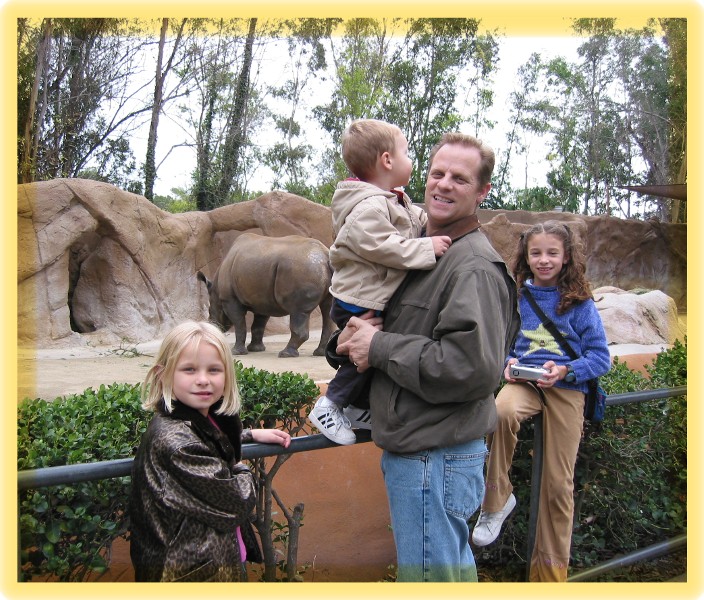Adapted from 2015 AZA National Conference presentation "Brand and Experience: Communicating Conservation to Millennials and Gen Z"Zoos and aquariums are evolving. Conservation, once a secondary or tertiary goal of these institutions, has become a primary goal in recent decades—and ultimately, should become the singular, highest priority. Most American zoos and aquariums have been developing, leading, and supporting conservation efforts on their own properties and in situ to varying degrees for many years. However, with the creation and implementation of the AZA’s SAFE program, these institutions are making a concerted effort to unite as one powerful force for conservation. Prioritizing conservation above other zoological needs is a challenge, but perhaps more daunting is spreading awareness of this amazing work to the general public--changing the perception of zoos and aquariums from being “a place for a fun, family day out” to being “conservation organizations that also offer a fun experience.”
This challenge comes down to brand.
Brand is so much more than a logo. It is the perception that lives in your customer’s mind. It is the accumulation of the marketing messages you put out PLUS the experiences your customers have related to your organization. And these experiences are not limited to what they see or feel while on-site; it is also what they hear from their friends and family, what they read online, what they see on social media. The experience is the wildcard—the intangible that affects brand perception; the piece of the brand puzzle that we don’t truly own. But, we can influence experience by infusing brand into every aspect of the on-site experience. Because it is more difficult to control and more often overlooked by institutions, experience is the most important aspect of brand to address today at zoos and aquariums.
taco-bell-knows-their-target-market
Don’t believe me? Let’s take a look at a simple example of experience influencing brand: Taco Bell vs. Chipotle. Both restaurants offer similar products: fast Mexican. But we all clearly understand that there is a difference between the two. This comes down to how each differentiate based on a clear definition of and dedication to brand.
From AP Images
Taco Bell is a value brand, catering mostly to a young market (Generation Z & young Millennials) through efficiency, and vibrant, bold marketing.
chipotle (1)
Chipotle, on the other hand, differentiates based on quality—both in food and in guest experience. Chipotle espouses social and environmental responsibility through fresh, locally sourced ingredients and face-to-face interactions. Gone are drive-thrus and ordering from a disembodied voice in a nondescript box. Chipotle requires you to park your car, walk into the store, stand in line with other customers, order from an actual person, and has built its menu on the idea of customization. You get exactly what you want, from a real person, giving you real food that you can smell and see being cooked. And it’s done fast.
Chipotle knew that if they wanted to differentiate their brand from Taco Bell, they had to change everything—including the experience. They had to change the paradigm of tacos.
Today, Chipotle and Taco Bell are so different that Taco Bell doesn’t truly compete with Chipotle—despite having simila
r products. Taco Bell competes against similar experiences. They compete against the McDonald’s, Burger Kings, and Jack-in-the-Boxes of the world.
But how does this relate to zoos and aquariums?
From Conservationalliance.com
Let’s start with brand perception. As a whole, what do people think of zoos and aquariums today? Are they thought of in the same way as more traditional conservation organizations like World Wildlife Fund or Sierra Club? Perhaps more importantly, should they be striving for that association? Or, should they be differentiating themselves into a new brand that reflects who they are in a more meaningful way? They are different to begin with. They have animals that people can connect with in a deeply personal way. They have visitor experiences. They have tacos.
The question is: what kind of taco do you want to be? The Fun Taco? Or the Responsible Taco?
Today, zoos and aquariums are, by and large, Fun Tacos. They provide good family experiences. Wholesome days out. But, as Responsible Tacos, they’ll do that and more. They’ll provide real conservation impact through in situ programs AND opportunities for guests to get involved and get educated. They’ll make conservation education a key goal for ALL guests, not just for those who show extra interest.
In order to become Responsible Tacos (and be recognized as such), zoos and aquariums must change the paradigm of experience. You must realize that every moment your guest spends on-site is an opportunity to convey brand, tell stories, and educate. That every element of the physical incarnation of your organization reflects your brand’s perception. Because brand and brand perception is not JUST about your marketing message, but also inherently about experience.




























